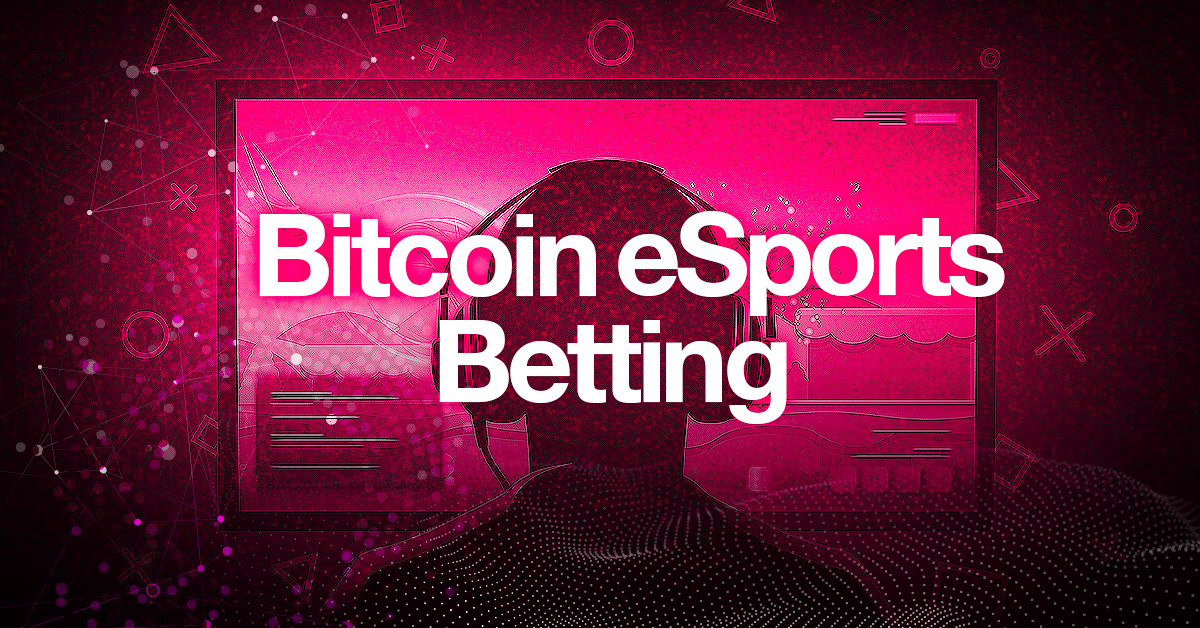
What is Peercoin?
A Beginner´s Guide to Buying, Selling, Using, and Mining Peercoin:
An In-Depth Peercoin Guide by Americas Cardroom
Cryptocurrency Home | Peercoin
When the Bitcoin network launched in 2009, it was truly the first of its kind. Though cryptocurrencies had been talked about in the 80s and 90s, no one developed an advanced protocol until Satoshi Nakamoto. Since Bitcoin’s launch, however, there have been plenty of copycats and scams.
To date, there over 1,300 cryptocurrencies available in the open market. The number of cryptocurrencies for trade, coupled with the possibility of coin scams, can make it difficult for investors to choose which coin(s) they want to purchase with confidence.
Some cryptocurrencies stand out because of their unique use on a blockchain platform. In these instances, coins have specific utilitarian value and can be used as tokens. Other coins have strong price appreciation to back them up. Finally, other coins have stability and history on their side. One coin in particular, Peercoin (PPC), has been a stable digital coin since it was introduced in August 2012.
What is Peercoin?
Peercoin at its most basic level is a blockchain. Blockchains are decentralized, auditable ledgers or databases which store a history of all transactions that transpire on the network. The blockchain’s decentralized nature means that no central authority, be it a government, bank, or corporation, can regulate it or dictate its operations. All participants can verify the blockchain’s transactions, resulting in transparent network interactions.
Peercoin is widely considered a more environmentally friendly cryptocurrency as it uses less energy by combining the proof-of-work and proof-of stake into one hybrid system.
Because Peercoin is one of the older cryptocurrencies, there is a lot of research available for interested parties. Still, the best place to start is on Peercoin’s Reddit page. Here Peercoin users will find forums, discussions, and expanded definitions for Peercoin and blockchains in general. It is also a place where users can go for news updates and developments.
How Do I Buy Peercoin?
There are a number of ways users can buy Peercoins. The first way is by using a fiat currency like US dollars or Euros. The first step is to register an account with an exchange that allows Peercoins to be bought with fiat currencies. Once the account is funded with cash or with a credit card, users can purchase Peercoins with their dollars or Euros.
Those that don’t have dollars or Euros must take an extra step by first buying Bitcoin and then converting Bitcoin into Peercoin. The process is the exact same as outlined above, but with the added step of converting Bitcoins to Peercoins.
How Do I Turn Peercoin into Cash?
To cash out a Peercoin position, users should follow the reverse process of the steps outlined above. For dollar and Euros users, this simply means exchanging Peercoins for dollars or Euros. For those that don’t use dollars or Euros, this means converting Peercoins into Bitcoins, and then selling Bitcoins for the corresponding amount of their fiat currency of choice.
Once the necessary conversions have taken place, users can transfer the funds to a traditional bank account. Then the money can be withdrawn from an ATM in cash.
How to Use Peercoin
Peercoin, like most other cryptocurrencies, can be utilized as an investment vehicle. To do this, all one has to do is buy Peercoins and hold them in their Peercoin wallet, an application that lets users store and trade their Peercoins with other users. By holding Peercoins in a wallet, investors can realize capital gains much like when a stock appreciates in price (though price appreciation is never guaranteed). Those that want to follow a more actively managed strategy can buy and sell Peercoins on a more frequent basis in hopes of capitalizing on price fluctuations.
However, Peercoin shouldn’t be thought of as a “home run” cryptocurrency–investors shouldn’t expect Bitcoin or Ethereum size returns (which come with extremely high volatility). Instead, Peercoin should be used as a hedge within a cryptocurrency portfolio. Peercoin is designed to be a stable coin, and rewards investors a 1% annual return when minting. Thus, Peercoin holdings function like a 1% interest savings account. Not only is this rate larger than traditional bank account interest rates, it also makes Peercoin positions a great way to earn income while dampening cryptocurrency volatility.
Regardless of how one uses Peercoins in a portfolio, they do carry one very significant advantage over traditional fiat currencies. Because Peercoins are decentralized, they are free from central bank policy and government regulation. They also aren’t subject to the same exchange rate risks that fiat currencies are, especially as central banks adjust monetary policy. What’s more, their decentralized nature and stability make them an ideal transaction medium for individuals.
What is Peercoin Mining?
Cryptocurrency mining is the process of verifying and securing the transactions that take place on a blockchain. Peercoin follows a combination of proof-of-work mining and proof-of-stake mining. The former is used to spread the distribution of coins, while the latter is used to maintain the network.
Peercoin pioneered the proof-of-stake mining protocol, which differs from the proof-of-work protocol because it doesn’t require tremendous amounts of energy and processing power. Additionally, the proof-of-stake protocol doesn’t require users to use algorithms and mining hardware to solve problems like proof-of-work does.
Proof-of-stake is a type of proof of ownership of the cryptocurrency in question. Rather than solving blocks of transactions, users verify transactions and secure the network based upon the Peercoins they hold. This process can be likened to a lottery, where the creator of a new block is chosen at random based upon the number of coins held (also referred to as the stake). The amount of coins that can be mined is limited to the proportion of coins that a user owns. Thus, one who holds 2% of the supply can only mine 2% of the blocks. Users who maintain the network are awarded with a 1% per year Peercoin reward.
The proof-of-stake protocol also means that miners don’t need to use mining calculators to determine the profitability of a given block. Since proof-of-stake mining can be done on almost any device, computing power is less of a concern. What’s more, miners can stake on their own without needing to join a mining pool. Again, proof-of-stake mining doesn’t require large amounts of computing power, so there isn’t a need to combine processing resources.
How to Mine Peercoin
Peercoin mining, which is more accurately Peercoin minting, is extremely easy to do. All a user has to do to mint Peercoins is hold a position (stake) and leave his or her wallet running on the computer. As the wallet runs, the minting process will run automatically.
By design, Peercoin minting has predetermined profitability, set at 1% per year. Though this number may seem small, it must be noted that the minting process is very simple and doesn’t require large amounts of computing power.
Those that want to mine Peercoins through the proof-of-work protocol can do so by downloading the Peercoin wallet software, selecting a mining pool, and beginning the proof-of-work mining process. As more and more coins are mined, the coin’s market cap will slowly increase.
How will Peercoin Scale?
In addition to its proof-of-stake mining protocol, Peercoin differs from other digital coins in that there isn’t a capped coin supply. Peercoin was designed to allow for an average 1% annual inflation rate. Not only is this meant to make the coin more stable (see its price chart)
it is also meant to help the blockchain scale as more people use it. With cryptocurrencies like Bitcoin, for example, the more tokens are mined, the less total supply is left. Each block takes that much more processing power to mine, resulting in a transaction backlog. Because Peercoin doesn’t have a set coin supply, the platform will be able to scale to accommodate more transactions.
Peercoin may not be a new, sexy coin, but that doesn’t mean it shouldn’t play an important role in a cryptocurrency portfolio. Rather, Peercoin’s stability and proven track record make it an excellent choice for both income and transactional purposes.




















